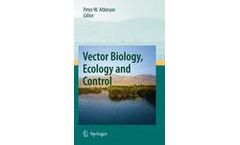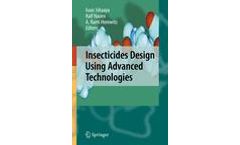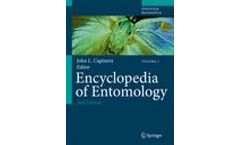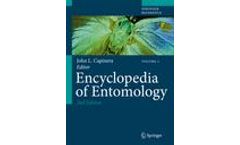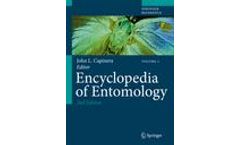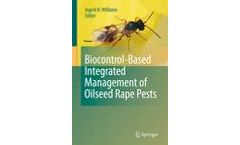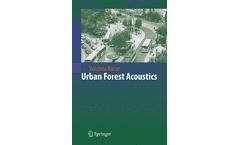insect-control books
12 books found
The nature of the coevolutionary process that produced the interactions between plant kairomones and insect sensory organs suggests that kairomones can be employed for insect control in a variety of baits and traps. This book discusses the major theoretical approaches to the subject, as well as a number of specific applications in pest ...
The control of mosquitoes and other insect vectors of human pathogens in an area-wide, environmentally and sustainable way is critical to solving global health problems in the developing world but also to industrialized countries that already have in place efficient vector control programs. ...
15 papers address: the use of entomopathogens to control insects; the effects of formulation and aerial application techniques on microbial insecticides; laboratory sprayers used to evaluate the compatibility of tank mixes; effective control of aquatic pests; and selection of appropriate carriers for water-dispersible ...
In the past, insecticide development has been guided mostly by chemo-rational and bio-rational design based on understanding of the physiology and ecology of insects and crops. A limitation in each new class of compounds is the evolution of resistance in populations of key pests, which ultimately leads to control failures. ...
Recently, imidacloprid and related nicotinoids have begun replacing organophosphorus and methylcarbamate compounds as insecticides to control insect pests on major crops. Nicotinoids act on the nicotinic acetylcholine receptor, as does naturally ...
The Encyclopedia of Entomology brings together the expertise of more than 450 distinguished entomologists from 40 countries to provide a worldwide overview of insects and their close relatives. Combining the basic science of an introductory text with accurate, comprehensive detail, the Encyclopedia is a reliable first source of reference for students and working professionals. Coverage includes ...
The Encyclopedia of Entomology brings together the expertise of more than 450 distinguished entomologists from 40 countries to provide a worldwide overview of insects and their close relatives. Combining the basic science of an introductory text with accurate, comprehensive detail, the Encyclopedia is a reliable first source of reference for students and working professionals. Coverage includes ...
The Encyclopedia of Entomology brings together the expertise of more than 450 distinguished entomologists from 40 countries to provide a worldwide overview of insects and their close relatives. Combining the basic science of an introductory text with accurate, comprehensive detail, the Encyclopedia is a reliable first source of reference for students and working professionals. Coverage includes ...
The current seed production technology for each species is reviewed, including seeding methods; weed, insect and disease control; roguing and purification; harvesting, conditioning, bagging, ...
Plant based Biotechnology has come to represent a means of mitigating the problems of global food security in the twenty first century. Products and processes in agriculture are increasingly becoming linked to science and cutting edge technology, to enable the engineering of what are in effect, designer plants. One of the most successful, non chemical approaches to pest management and ...
It is attacked by unique complexes of insect pests still largely controlled through the application of chemical insecticides. ...
Trees can reduce noise by sound reflection and absorption. Investigating noise control in urban environments, Voichita Bucur's new book Urban Forest Acoustics covers the following topics: - dendrological characteristics of trees - factors affecting sound propagation in forest belts - equipment for in situ noise measurements - acoustical sensors for the measurement of tree characteristics - noise ...


